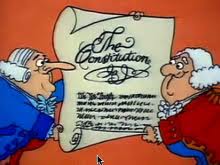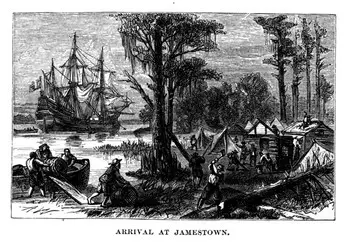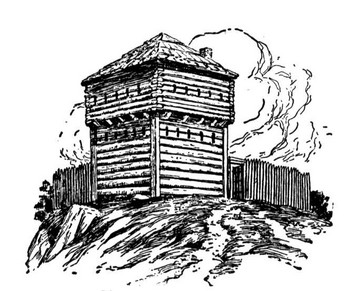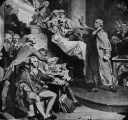Just as the society around us shapes the way we think and act, so did it shape the people of Salem, Massachusetts in the 1600s. Look at the websites listed below, and, on a Google doc answer the questions about life in Puritan New England. Note that many of the websites contain interactive images. Click on the images to open them, and mouse-over the image to discover more about it.
Below, you will find the links and questions. Copy the links and questions to a Google Doc, research and answer 12 of the questions, share with me- Do not share until you have finished the assignment.
Below, you will find the links and questions. Copy the links and questions to a Google Doc, research and answer 12 of the questions, share with me- Do not share until you have finished the assignment.
Section One:
- What values that we now consider 'American' were contributed by the Puritans?
- In the 1920s, how did people remember the Puritans? Define the word 'caricature' and explain how it relates to the Puritans.
- To what extent did Puritans condemn alcohol consumption, artistic beauty, and poetry?
- What did the Puritans believe was the primary purpose of government?
- What did the Puritans think about the separation of church and state?
- What is a 'separatist'? Were the Puritans 'separatists'? If not, describe their philosophy regarding the Church of England.
- What is a 'covenant'? Explain the function of 'covenants' in the way the Puritans saw the world.
- Did Puritans believe in tightly knit communities and families, or did they value families that were dispersed?
- Describe some reasons why Puritans came to America from Europe.
- What were some of the strategies New England colonists used to deal with the labor shortage?
- Describe some of the religious beliefs of the Puritans.
Section Two
- Look up the word 'Patriarchal' on line. Define what it means, in your own words.
- What were some of the responsibilities of men in the 1700s in Colonial New England? What were some of the responsibilities of women?
- Explain how the story of Adam and Eve was used to perpetuate prevailing ideas about men and women.
- Were schools important in New England? Did people know how to read?
- Were there as many schools in other parts of America as there were in New England?
- Did wealthy people tend to spend a lot of money? What are some of the things you think they would buy?
- What does 'conspicuous consumption' mean?
- Why did so many children die at young ages in colonial New England?
Section Three
- According to your reading, what did most Europeans think of the North American Landscape?
- What were some early colonial industries?
- What was the center of public and religious life in New England?
- Describe the common field system.
- What were some results of European fences, mills, grass, and livestock being brought to New England?
- Explain how a mill worked.
- What were the criteria that a committee would use to "seat" the meetinghouse?
- Who was allowed to vote? What did they vote on?








